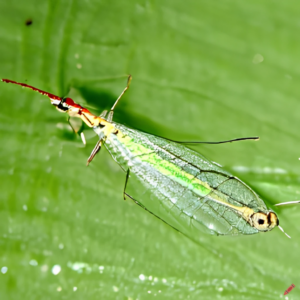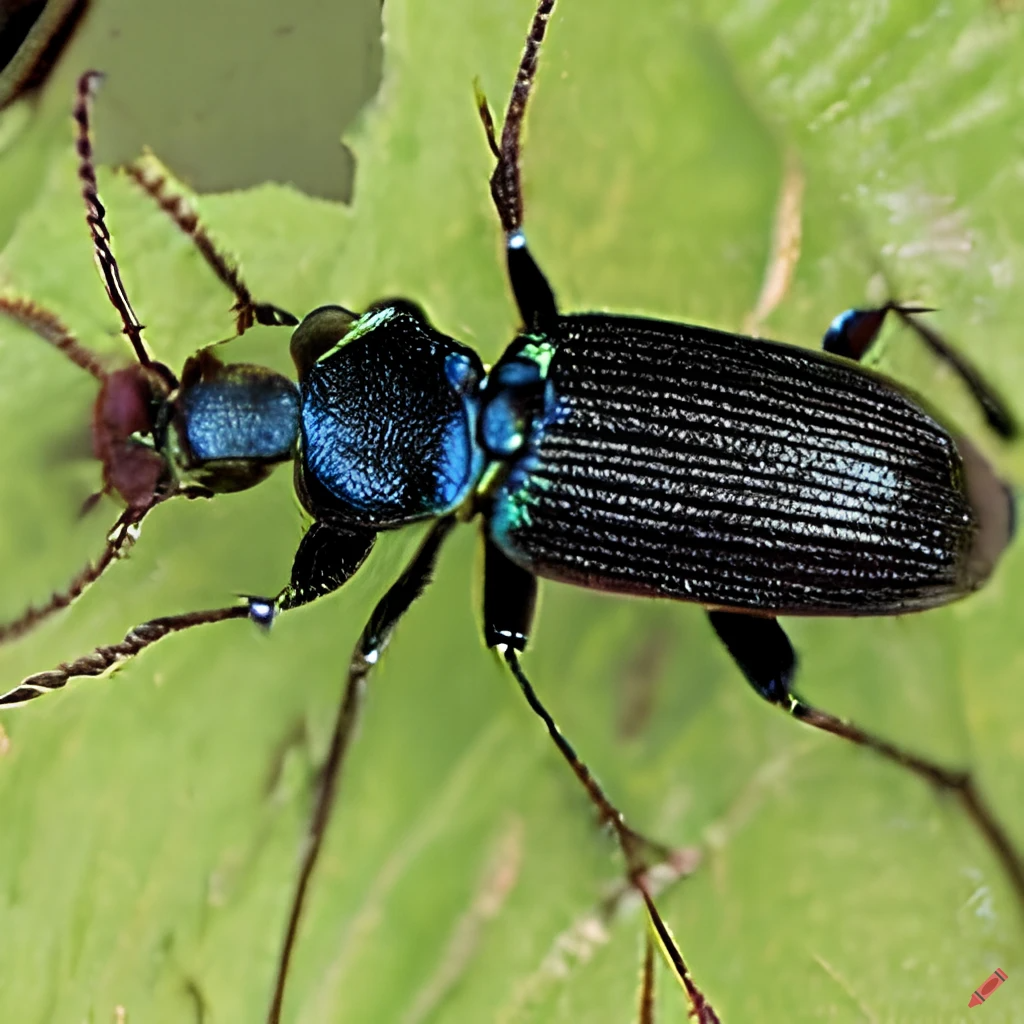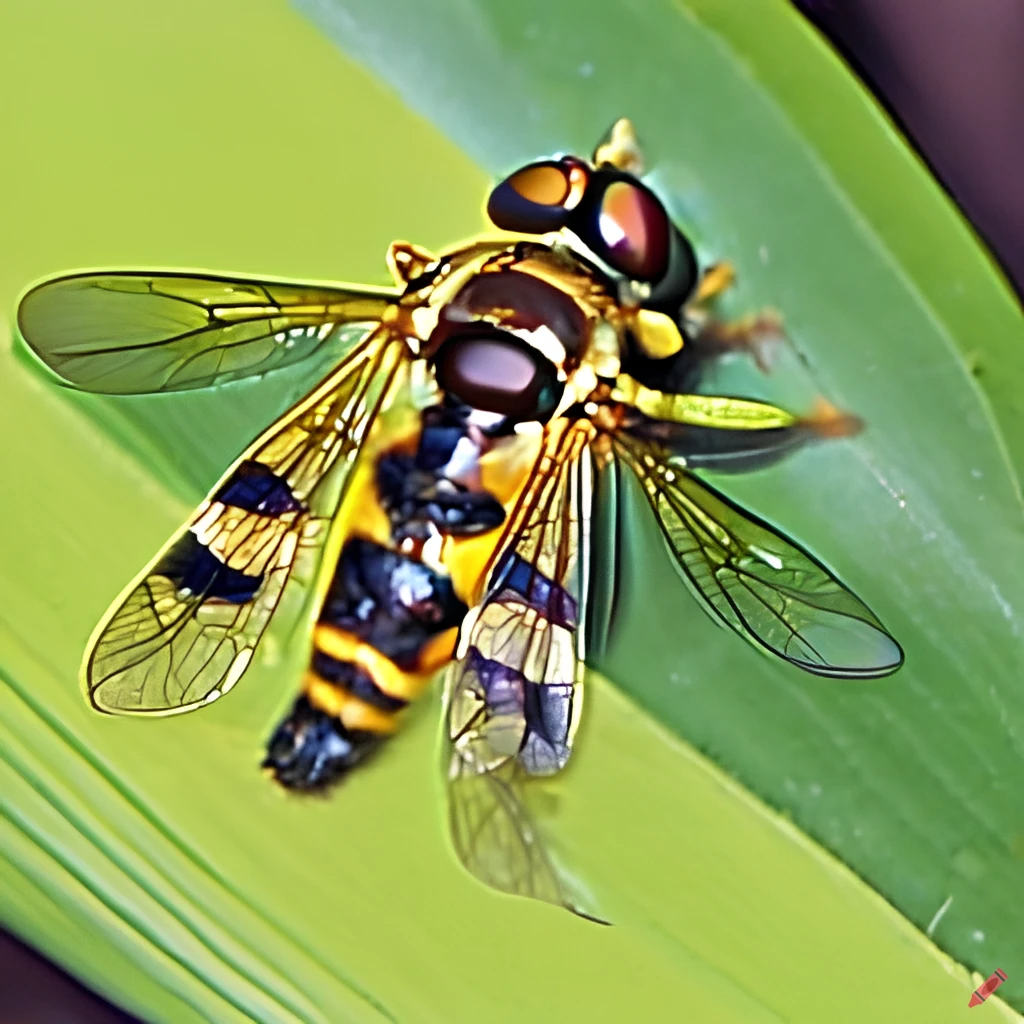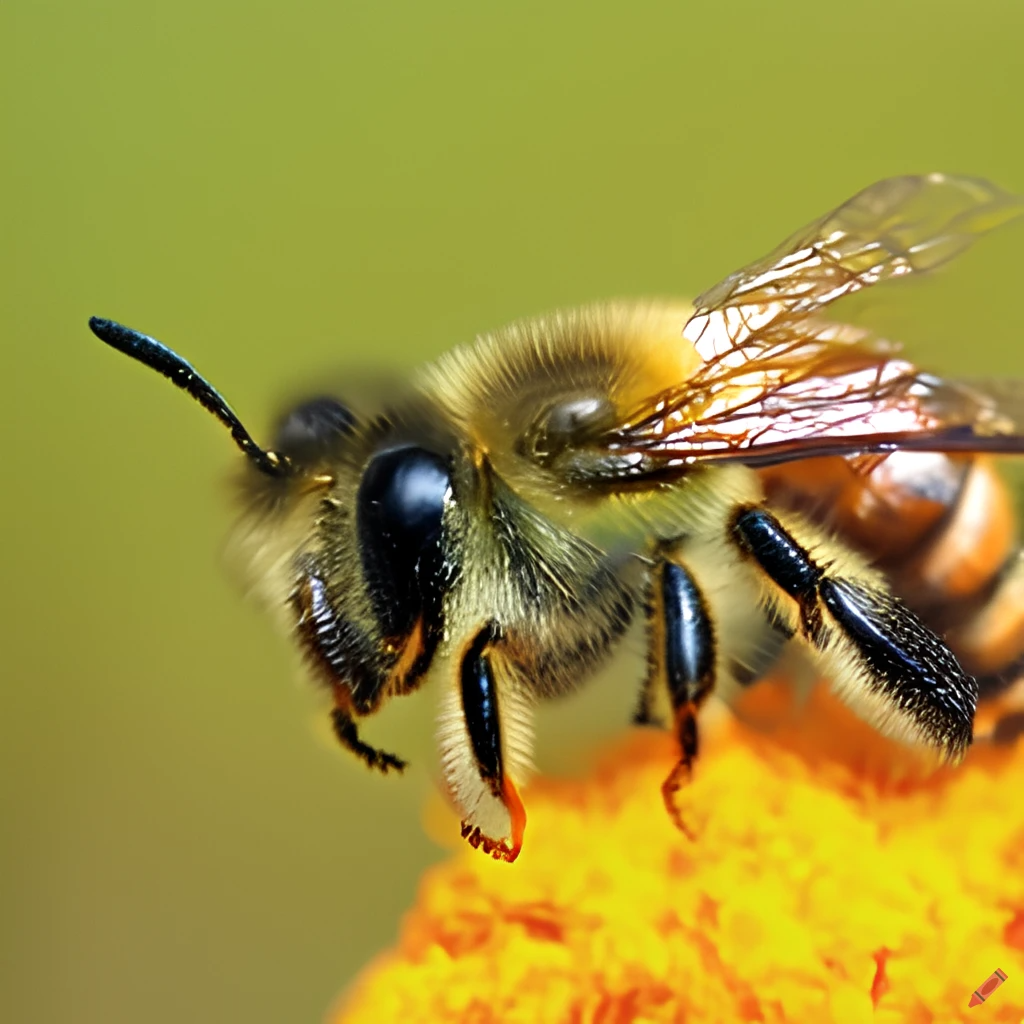
A lacewing is a type of insect belonging to the order Neuroptera. There are around 6,000 known species of lacewings, found in various habitats all over the world.
Lacewings are known for their delicate, lacy wings, which are typically transparent with a green or brown tint. They have long antennae and large, bulging eyes that give them excellent vision.
Lacewings are beneficial insects that are often used in biological pest control in gardens and agricultural settings. The larvae of lacewings are voracious predators that feed on aphids, mites, and other small insects that can damage plants. Adult lacewings also feed on small insects, including pollen and nectar from flowers.
Lacewings are often attracted to gardens that have a diverse range of plants, as this provides a variety of food sources for both adults and larvae. They are also attracted to gardens that have areas of long grass or wildflowers, as this provides shelter and a habitat for their prey.
Lacewings are beneficial insects that can provide several benefits to the garden. Here are some ways in which lacewings can benefit your garden:
- Natural pest control: The larvae of lacewings are voracious predators that feed on a variety of garden pests, including aphids, mites, thrips, and whiteflies. They have strong mandibles and can consume several times their own weight in prey each day, making them an effective natural control method for these pests.
- Pollination: While lacewings are not major pollinators like bees or butterflies, they do feed on nectar and pollen from flowers, and can help to increase fruit and seed production in the garden.
- Biological pest control: Lacewings can be used as a form of biological pest control in gardens and agricultural settings. They are often sold as larvae or eggs and can be introduced to the garden to control pests without the use of chemical pesticides.
- Ecosystem balance: By consuming pests and serving as a food source for other animals, lacewings can help to promote a healthy, balanced garden ecosystem.
To encourage lacewings in your garden, you can provide a variety of flowering plants that produce nectar and pollen, such as marigolds, cosmos, and yarrow. You can also avoid using chemical pesticides, as these can harm beneficial insects like lacewings. Finally, you can purchase lacewing larvae or eggs from a garden center or online retailer and introduce them to your garden to help control garden pests.
Encoraging Lacewings
There are several ways you can encourage lacewings to visit and thrive in your garden:
- Provide a diverse range of plants: Lacewings are attracted to gardens that have a diverse range of plants, as this provides a variety of food sources for both adults and larvae. Plant flowers that produce nectar and pollen, such as marigolds, cosmos, yarrow, and dill. Also, include plants that have dense foliage or provide cover, such as ferns and tall grasses, as this provides a habitat for lacewings and their prey.
- Avoid using chemical pesticides: Lacewings are sensitive to chemical pesticides and other harmful chemicals. Avoid using chemical pesticides and opt for natural pest control methods, such as handpicking pests or using insecticidal soap.
- Provide a water source: Lacewings need water to survive and thrive. Provide a shallow dish or bird bath with water in a sunny spot in your garden.
- Purchase lacewing larvae or eggs: You can purchase lacewing larvae or eggs from a garden center or online retailer and introduce them to your garden. This can be a great way to jump-start a lacewing population in your garden.
- Create a lacewing habitat: You can create a lacewing habitat by placing a lacewing house in your garden. These structures provide a place for lacewings to roost and reproduce. You can also create a small pile of leaves or twigs to provide cover for lacewings and their prey.
By following these tips, you can encourage lacewings to visit and thrive in your garden, helping to promote natural pest control and a healthy ecosystem.


